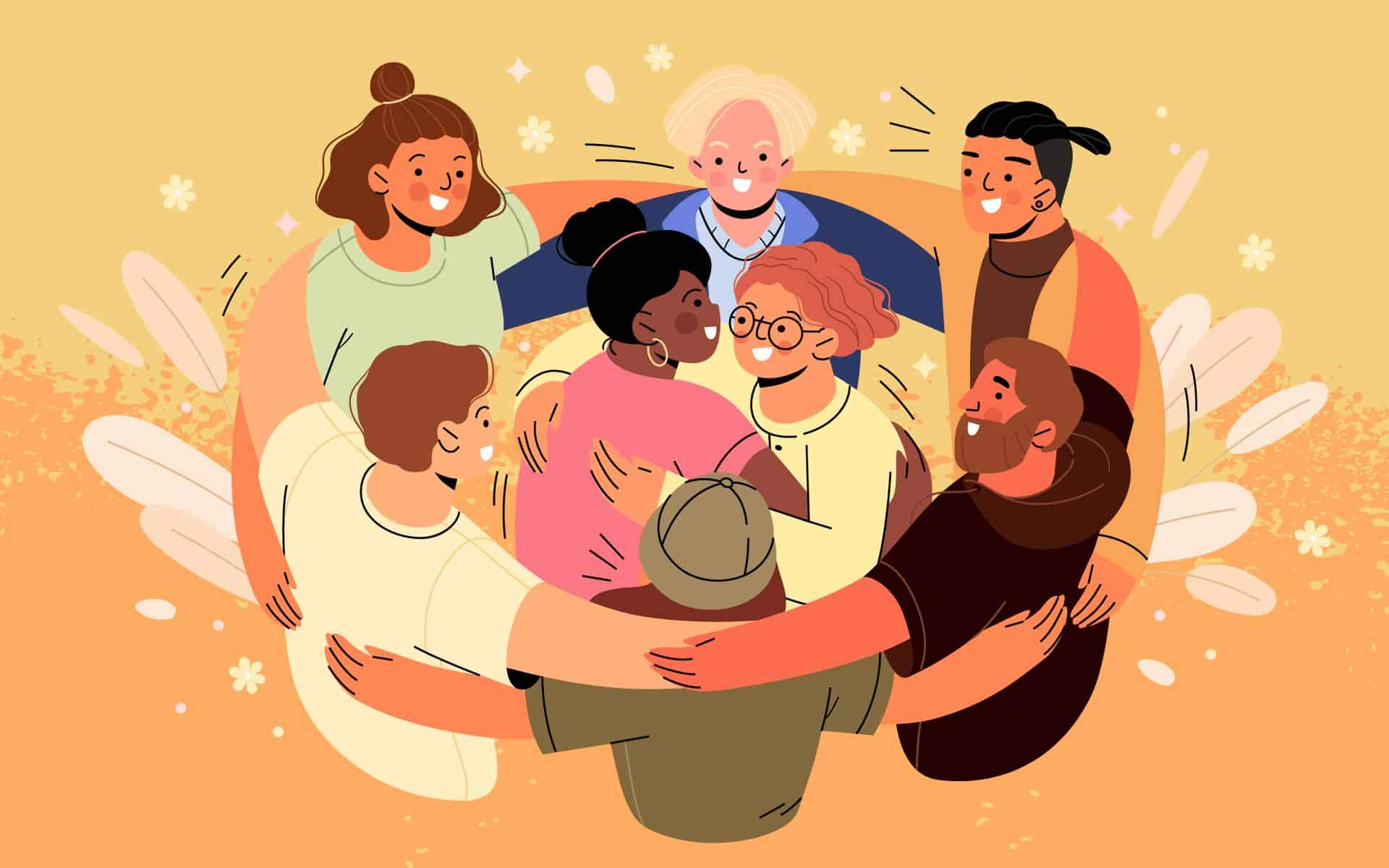There’s a lot of talk about making workplaces more mindful, but what does that really mean? Mindfulness is more than meditation. It’s just as much about how we communicate with those around us as it is about finding stillness within ourselves.
In the workplace, so much of what we accomplish, particularly as leaders, comes in the form of conversations. And when those conversations can be more mindful, we can develop a kinder, more compassionate culture, while still maintaining high standards of excellence. We can all think of a conversation or two (or five or 10) that we wouldn’t describe as mindful. But what really makes a conversation mindful?
The Benefits of Mindful Conversation
Karen Starns, Head of Advertising and Media Planning at Amazon, has had a 20-year career in technology, an industry where, after long hours under tight deadlines, anyone’s mindfulness could go right out the window.
For Starns, a mindful conversation is an opportunity to open people up to a broader view and take them to an unexpected place. “Having a mindful conversation means considering the whole person you’re engaging with—not just the project they’re leading, or the deliverable they owe you.” Signaling that you’re aware of how the work gets done (not just that it gets done) and how the person is doing helps you make a more positive connection.
Taking the time to “acknowledge an important personal milestone or to offer to juggle workload during a tough time can have an amplifying effect far beyond the situation at hand,” she says.
“Having a mindful conversation means considering the whole person you’re engaging with—not just the project they’re leading, or the deliverable they owe you.”
In other companies mindful communication is ingrained in the culture. At Vera Whole Health in 2008, Chief Visionary Officer Valerie Burlingame set out to build a company that embodies being “present and authentic.”
At Vera, they try to help their employees with “particularly challenging conversations, when there may be some resistance or conflict.” They teach them to search within themselves and identify their own “stories, feelings, and wants so that we can be responsible and aware of what we are bringing into interactions.” She goes on to say that this practice has helped the company be more effective at resolving conflict, and helped to foster an atmosphere of trust in external and internal relationships.
Mindfulness and Leadership
For those in leadership roles, a little bit of attention paid to mindful speaking can go a long way. Lisa Hufford, CEO of Simplicity Consulting, has conversations with nearly 100 consultants and clients each month. Her intention for each conversation is to, “Be aware of my own emotions and potential triggers so that I do not let them lead me.” She also encourages her team to, “Visualize what success looks like for the conversation you want to have before you have it.”
She feels that this approach not only helps to create a positive culture, it also directly affects the bottom line, because, “Mindful communication allows my team to cut through the clutter and the noise that can permeate organizations. Being clear about intentions helps us get to the heart of the issues quickly and unifies the group.”
Regardless of what industry you’re in, what your company values are, or what type of job you have, every one of us can be more mindful at work—especially in our conversations. For starters, you need to be clear about your intent at the outset, consider how you want to express it, choose the right time, and pay attention to what’s going on with the person on the other side of the conversation.
Sounds obvious and easy, right? But when we’re swimming in a sea of busyness, finding time to be intentional about how we enter into conversations can become a low priority. If we’re not careful, we’re practically barking.
Try It Out:
This month, make just one work conversation each day a bit more mindful. Set the intention to be present with the person (or people), get clear on your purpose, and remain engaged throughout the whole exchange. It’s possible to build mindfulness at work, one conversation at a time.
This article also appeared in the February 2015 issue of Mindful magazine.








